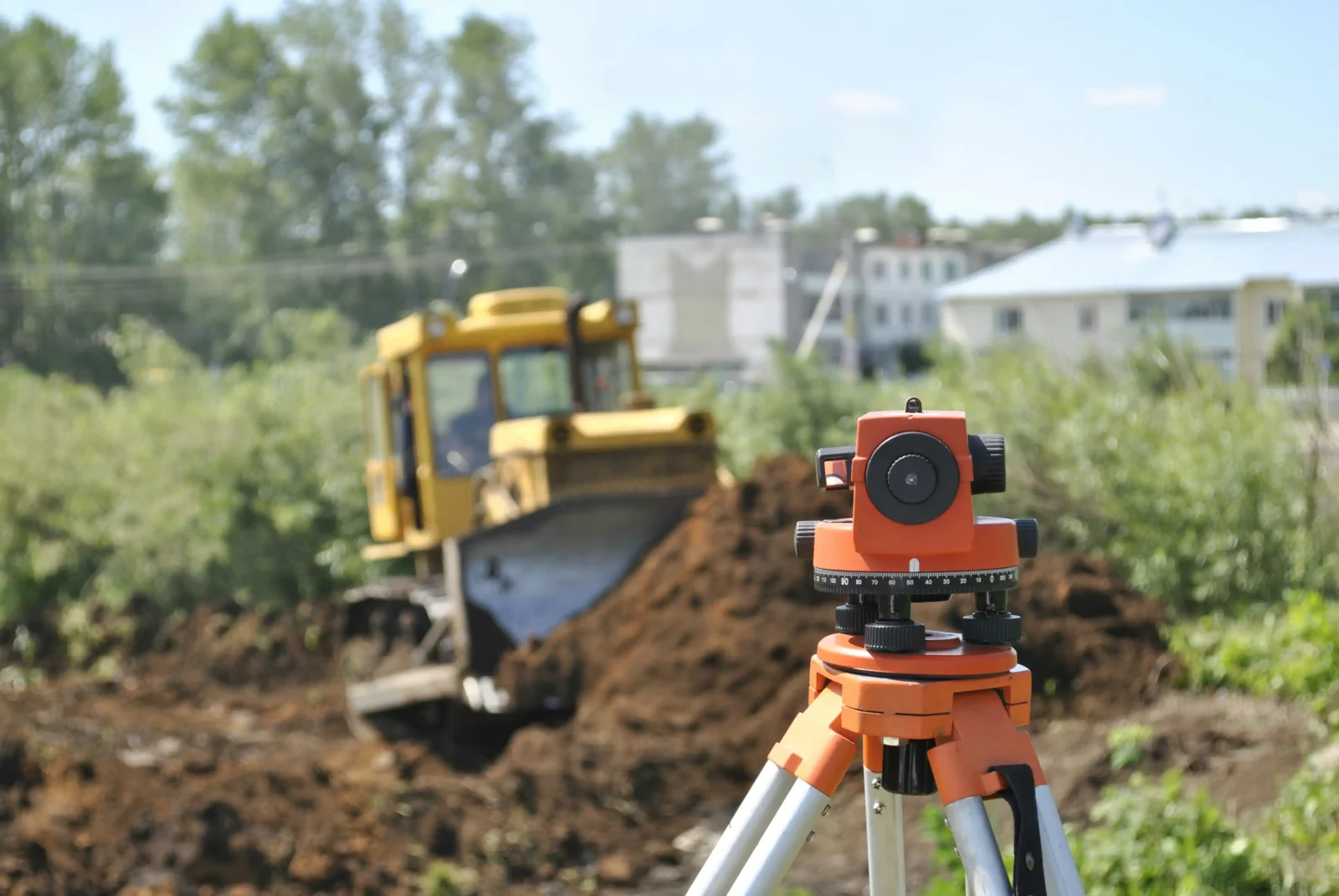- Home
- Articles
- Architectural Portfolio
- Architectral Presentation
- Inspirational Stories
- Architecture News
- Visualization
- BIM Industry
- Facade Design
- Parametric Design
- Career
- Landscape Architecture
- Construction
- Artificial Intelligence
- Sketching
- Design Softwares
- Diagrams
- Writing
- Architectural Tips
- Sustainability
- Courses
- Concept
- Technology
- History & Heritage
- Future of Architecture
- Guides & How-To
- Art & Culture
- Projects
- Interior Design
- Competitions
- Jobs
- Store
- Tools
- More
- Home
- Articles
- Architectural Portfolio
- Architectral Presentation
- Inspirational Stories
- Architecture News
- Visualization
- BIM Industry
- Facade Design
- Parametric Design
- Career
- Landscape Architecture
- Construction
- Artificial Intelligence
- Sketching
- Design Softwares
- Diagrams
- Writing
- Architectural Tips
- Sustainability
- Courses
- Concept
- Technology
- History & Heritage
- Future of Architecture
- Guides & How-To
- Art & Culture
- Projects
- Interior Design
- Competitions
- Jobs
- Store
- Tools
- More
Construction Inventory Management Trends and Insights

Developing an accurate and efficient inventory management system is critical to the success of any construction company. Teams must be able to keep track of key resources like tools, supplies, materials and machinery to maximize operational efficiencies, as well as accurately monitor ordering, storage and distribution efforts to ensure projects are completed on time.
While inventory management is not unique to the construction industry, this process can be particularly challenging for those working in this sector. Teams must account for fluctuations in material costs, global supply chain issues and wider issues like equipment theft, the latter of which has been estimated to affect as many as 85% of construction businesses in the US.
To account for these difficulties, and to help business leaders improve general operations, construction inventory management best practices and technologies have been optimized in recent years. To explore these developments in a little more detail, this post covers a range of construction inventory management trends and insights for industry professionals in 2024.

Table of Contents
ToggleReal-time asset tracking
For a construction site of any size to run efficiently, leaders must be able to accurately track the use of all key assets. Alongside the materials and equipment required to complete tasks, additional items like consumables, safety equipment and administrative assets must also be reliably monitored, resulting in a significant workload to be shouldered by project managers.
Performing these tasks manually can be both time consuming and resource intensive, which is why increasing numbers of construction leaders are exploring the use of real-time asset tracking systems. Using RFID tags and QR codes attached to equipment, packages and raw materials, managers can monitor how and when assets are used in real-time. Data is sent automatically to a cloud-based system, enabling teams to analyze and optimize asset usage.
Smart security solutions
Real-time asset management tools offer additional benefits when paired with smart security solutions, enabling project leaders to not only improve asset allocation efficiency, but also tackle equipment theft. Tags secured to company equipment can be tracked in real-time to improve visibility, with alerts programmed to warn stakeholders if equipment is taken off site.
By integrating asset tracking systems with similarly cloud-based security management tools, managers can access installed security devices like cameras and access control systems to immediately investigate suspicious activity. Utilizing such solutions helps to improve security and inventory management processes by significantly reducing the likelihood of asset theft.
Supply chain automation
Just like many other major industries, the construction sector has been negatively affected by global supply chain issues in recent years. Material shortages, delays and disruptions have caused significant problems for construction companies, with these issues ranking among the top concerns for industry leaders according to a recently published Allianz report.
In order to mitigate supply chain issues, construction companies must improve the efficiency of supply chain operations, including purchasing, storage and resource allocation processes. Thankfully, these operations can now be automated via the deployment of smart inventory management software, with live data pertaining to all elements of the supply chain used to help leaders adjust operations in direct response to supply disruptions and market demands.

Just-in-time management
Alongside technological developments, refined operational principles can help constriction companies to optimize inventory management processes. Once such an example can be seen in the deployment of just-in-time inventory management principles and best practices.
The core idea behind just-in-time inventory management is to keep inventory levels as low as possible to minimize storage costs, improve resource efficiency and reduce material waste, typically by only ordering new materials as and when they’re needed. While manually adhering to this principle can be difficult, the increasing popularity of automated inventory management tools can help teams via automated re-ordering informed by live supply chain data.
Summary
Inventory management within the construction industry can be a difficult process to perfect, with teams required to accurately monitor and analyze large amounts of constantly changing data. However, with support from smart technologies and considered operational policies, improvements can be made to existing systems to boost efficiency, security and productivity.
This idea is reflected in construction inventory management trends, including real-time asset tracking, smart security integrations, supply chain automation and just-in-time management principles, ultimately contributing to the optimization of construction inventory management.
illustrarch is your daily dose of architecture. Leading community designed for all lovers of illustration and #drawing.
Submit your architectural projects
Follow these steps for submission your project. Submission FormLatest Posts
Key Features to Look for When Investing in Construction AI Cameras
Continuous monitoring is crucial on construction sites for effective accident prevention. Artificial...
Why Legal Support Is Critical After a Serious Construction Accident
If you are dealing with a construction accident or have ever watched...
7 Common Myths Every Contractor Should Stop Believing
The construction landscape is a complicated place at the best of times,...
Automation in Construction: Why Human Safety Still Matters
Automation in construction can cut injuries, but new risks emerge. Learn practical...











Leave a comment